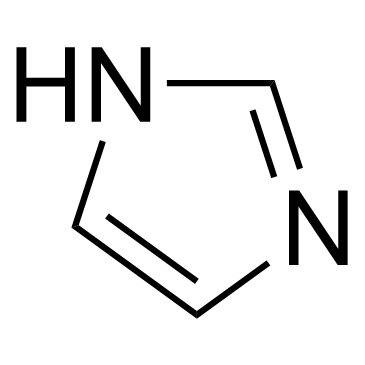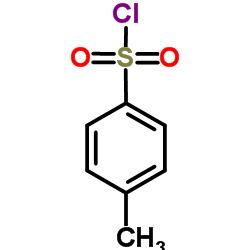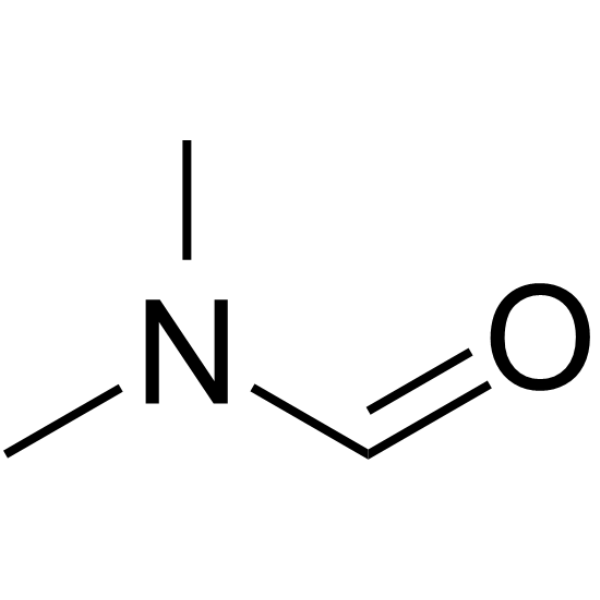| Structure | Name/CAS No. | Articles |
|---|---|---|
 |
Sulfuric acid
CAS:7664-93-9 |
|
 |
Sodium hydroxide
CAS:1310-73-2 |
|
 |
Imidazole
CAS:288-32-4 |
|
 |
Ethanol
CAS:64-17-5 |
|
 |
Potassium bromide
CAS:7758-02-3 |
|
 |
Hydrochloric acid
CAS:7647-01-0 |
|
 |
Dichloromethane
CAS:75-09-2 |
|
 |
3-Ethyl-2,4-pentanedione
CAS:1540-34-7 |
|
 |
Tosyl chloride
CAS:98-59-9 |
|
 |
N,N-Dimethylformamide
CAS:68-12-2 |